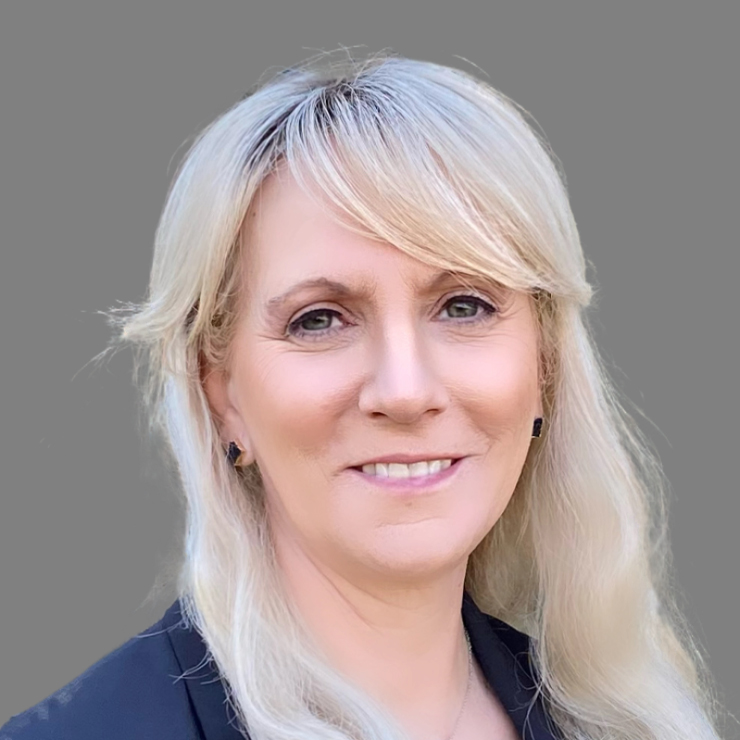3 Strategies to Prioritize Accounts Receivable Management
Kristy Brown
1/31/2023
 2022 was another big year of regulatory change and financial hurdles for the long term care industry. Long term care operators saw phased Patient Driven Payment Model (PDPM) cuts, the growth of managed care takebacks, and a major draft release of the Minimum Data Set (MDS) 3.0. That is a lot to digest, and this much change means even more research, training, and operational enhancements to make sure communities are accurately reimbursed for the care they provide.
2022 was another big year of regulatory change and financial hurdles for the long term care industry. Long term care operators saw phased Patient Driven Payment Model (PDPM) cuts, the growth of managed care takebacks, and a major draft release of the Minimum Data Set (MDS) 3.0. That is a lot to digest, and this much change means even more research, training, and operational enhancements to make sure communities are accurately reimbursed for the care they provide.
However, there’s another financial threat that communities should be focusing on in 2023: aging accounts receivable (A/R).
Facilities across the country are sitting on millions of dollars in unpaid claims due to COVID-19 ripple effects, back-office staffing problems, and increased payor complexity. Operating costs are still up, and the census is still down, putting even more of a financial strain on the facility. Staffing struggles persist, despite raising salaries during the Great Resignation. The costs of clinical supplies, utilities, and resident meals are not decreasing even as inflation plateaus.
Accounts receivable should not be treated as the drop-off point in the revenue cycle, or the project to be worked on when you have 10 minutes to spare. A facility’s aging A/R is money earned through quality care; it is due to the facility, and it needs to be collected.
Professionalize Your Facility’s A/R Management
After working in the long term care industry for over 40 years and serving in various positions, such as business office manager, administrative roles, and consultant to the facility owner, here are three strategies I recommend to administrators. These strategies are relevant whether you have a centralized billing office or a one- to two-person team covering the whole back office.
1. Review the aging report monthly, at a minimum.
Billers should be reviewing the aging report daily. Administrators should review it once a month, at a minimum, to identify trends, determine process improvement priorities, and monitor performance. When reviewing the aging, focus on three key performance indicators: net collections, days sales outstanding, and A/R over 90 days. These metrics define A/R health, help to identify how much and how quickly money was collected, and what amount is at risk of not being collected.
2. Prioritize claims and make sure the team has dedicated time to work on the A/R.
Once the aging has been reviewed, prioritize the workload. There is only so much time in the day and working a single claim can take anywhere from five minutes to two hours or more. The objective is to collect as much money as efficiently as possible; strategizing and working claims systematically will assist with this process.
Start with claims aged at the timely filing limit to ensure minimal write offs. Secondly, prioritize new aging in the 30-, 60-, and 90-day columns. Lastly, prioritize based on business needs and trends. Remember, there are no unimportant claims; keep in mind how collections can be maximized for staff time and dollars spent. Prioritize the highest dollar claims, or a particular payer that is known to pay slowly.
3. Champion fixing processes, not just correcting claims.
Overstretched teams tend to focus on the immediate billing crisis, not the root cause. Like treating a patient’s symptoms without diagnosing the illness may result in temporary relief, the same problem will keep coming back. As a leader, start asking your team tougher questions during the monthly A/R reviews. What payers have the highest balances? Why? If unknown, what needs to be researched to find out? What is the root cause? Are the payers set up correctly in the A/R system? When was this last checked? Are claims escalated appropriately?
Consider an A/R assessment from an outside source. These assessments identify aging issues and provide recommendations for communities. Unsurprisingly, if a facility does not have the time or take the time to correct their upstream processes, the frustration will continue with no meaningful progress on the A/R and continued claim denials.
Collect More with Help
Another strategy to get back on track is to outsource your revenue cycle management (RCM) or to bring in a partner for an A/R clean-up. With the right partner, outsourcing RCM can increase collections up to 98 percent. An A/R clean-up will help you catch up on your aging while relieving your team to focus on current billing and broader process improvements.
The thought of hiring external experts for financial help may seem threatening to the team. They may feel someone is there to criticize and point out all the things they are doing wrong. But, reassuring and supplementing the team with an expert partner will assist with cash flow and getting claims paid, unlock staff time for other priorities, and stabilize the back office.
 “Doing more with less” is a badge of honor in long term care, but our job as leaders is to put a strategy in place that will make our facilities and teams successful.
“Doing more with less” is a badge of honor in long term care, but our job as leaders is to put a strategy in place that will make our facilities and teams successful.
Creativity and a sense of partnership will help pave the way for the challenging financial times ahead. Take a closer look at your A/R processes and see what low-hanging-fruit improvements you can make.
Kristy Brown is the director of skilled nursing facility financial services at Quality Healthcare Resources, an Assembly Health company. She has over 40 years of experience in the long term care industry and was recently recognized with a McKnight’s Long Term Care News Pinnacle Award.
Learn more:
